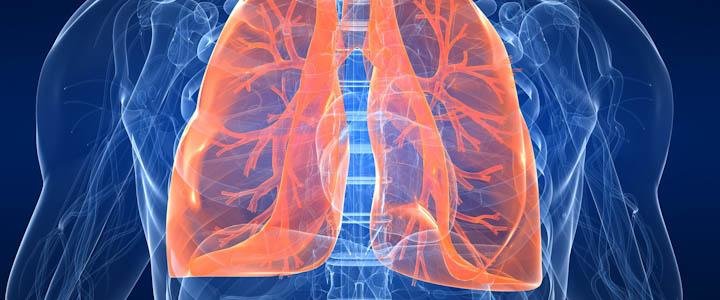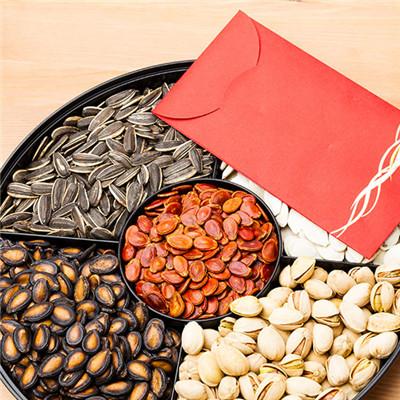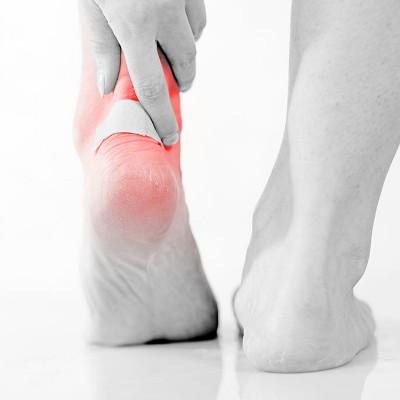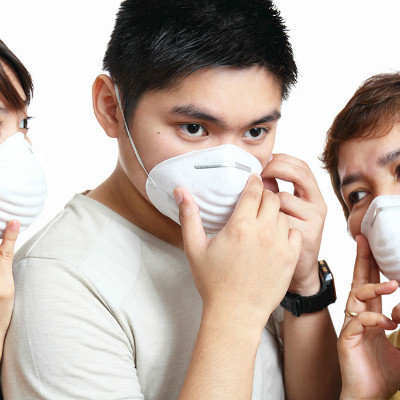Clinical symptoms after breast cancer surgery?
summary
The main postoperative complications of breast cancer include bleeding, effusion, flap necrosis, upper limb edema, breast cancer arm edema and so on. After radical mastectomy, due to the destruction of the lymphatic system, the lymphatic return from the arm is not smooth or the cephalic vein is ligated, resulting in protein accumulation in the tissue, increasing the osmotic pressure, absorbing water and causing lymphedema of the affected limb. Clinical symptoms after breast cancer surgery? Let's talk about it
Clinical symptoms after breast cancer surgery?
Postoperative pain is a very common complication after breast cancer surgery. In clinical practice, there are western medicine and traditional Chinese medicine for breast cancer pain. Western medicine can often achieve good therapeutic effect in a short time, but the side effects are very large; Chinese medicine has made some progress in the treatment of breast cancer pain.
Flap necrosis: also a common complication after breast cancer surgery. Due to skin necrosis, delayed healing may affect the follow-up treatment. Radical mastectomy often needs to remove more skin, and the range of flap separation is large. If the flap is too thin or uneven, the capillary in the dermis will be destroyed and the blood supply of the flap will be affected; Or when the tension of flap suture is too high, postoperative wound effusion will also cause ischemic necrosis of the flap; Sometimes, improper operation of the electrosurgical scalpel may cause local skin burn or coagulation embolism of blood vessels,
After radical mastectomy, arm edema is more common, about 20-30%. Edema often causes upper limb dysfunction such as shoulder joint movement limitation, limb weakness, numbness, pain and other sensory abnormalities, which brings a lot of inconvenience to the daily life of patients.
matters needing attention
(1) On the day of operation, the affected limb should be raised properly with pillow and placed according to the functional position to avoid long-term compression of the affected limb. If upper limb edema occurs, elastic bandage should be used( 2) Methods: the operator held the wrist of the affected limb with one hand, and the thenar of the other hand was close to the skin of the affected limb, and then gently massaged from the bottom to the top and from the outside to the inside to promote blood circulation.












